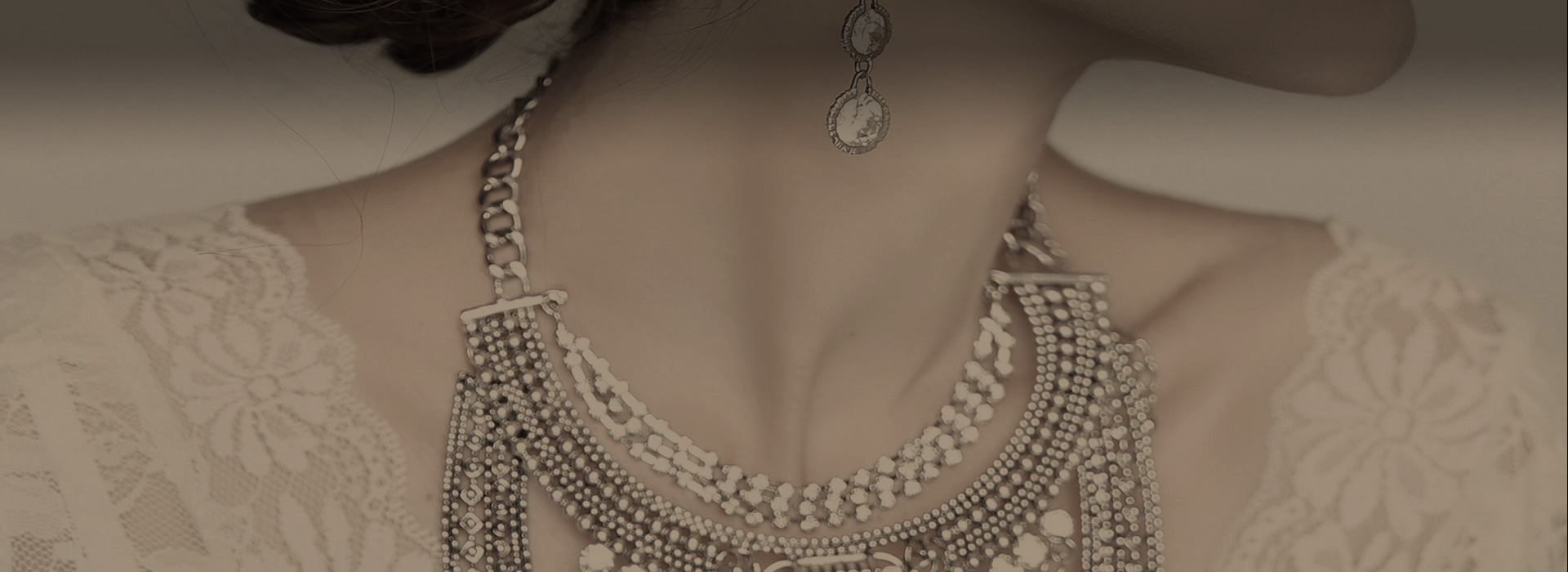Wedding Band
2022-06-10
Wedding rings are worn in many cultures to symbolise the ceremony itself and to indicate that the wearer is married. Wedding rings can also be known as wedding bands.

Wedding rings are today exchanged in marriage ceremonies all over the world and can be found in a variety of metals and styles, including plain bands, shaped bands and even rings set with diamonds or gemstones.

What metal should I choose?
There’s a variety of precious metals to choose from when it comes to picking the perfect wedding ring. It’s important to consider not only the colour, but also the characteristics of each metal.
Platinum is the most popular option for wedding bands; it’s a naturally white metal, meaning it won’t tarnish or need replating. It’s durable, malleable, and naturally hypo-allergenic. A platinum ring will last you a lifetime with very little upkeep and is a good choice for those with more manual jobs.
Gold is another excellent choice, which is the ideal carat weight for jewellery. It can be mixed with various other metals such as copper and silver, to ensure the metal is durable enough for everyday wear.
18K/14K yellow gold is a traditional option for wedding bands, and has a rich, warm glow. As gold is naturally yellow, this metal will not need replating and as such requires less upkeep than its white counterpart.
As 18K/14K white gold is not a naturally white metal, it will be rhodium plated to give it that signature white sheen. This rhodium will wear over time, meaning white gold jewellery will need to be replated every few years. This is inexpensive and will return your jewelery to its original pristine condition.
18K/14K rose gold is mixed with copper alloys to create the distinct rosy-pink gold hue that’s quickly rising in popularity. Rose gold is a contemporary and stylish option and compliments most skin tones.
Palladium is a naturally white metal, meaning it won’t lose its white sheen and won’t need replating. In the past, it was considered a more affordable option than platinum for those looking for a durable white metal. However, in recent years, the cost of palladium has risen significantly due to a rise in demand and a relatively low supply.
If you are planning to wear an engagement ring alongside your wedding ring it’s also important to consider what metal will sit comfortably alongside it. Though the choice is yours to make, it’s important to note that platinum and white gold differ in hardness, and we would generally recommend wearing like for like metals together.

Previous:Engagement Ring
X
We use cookies to offer you a better browsing experience, analyze site traffic and personalize content. By using this site, you agree to our use of cookies.
Privacy Policy



